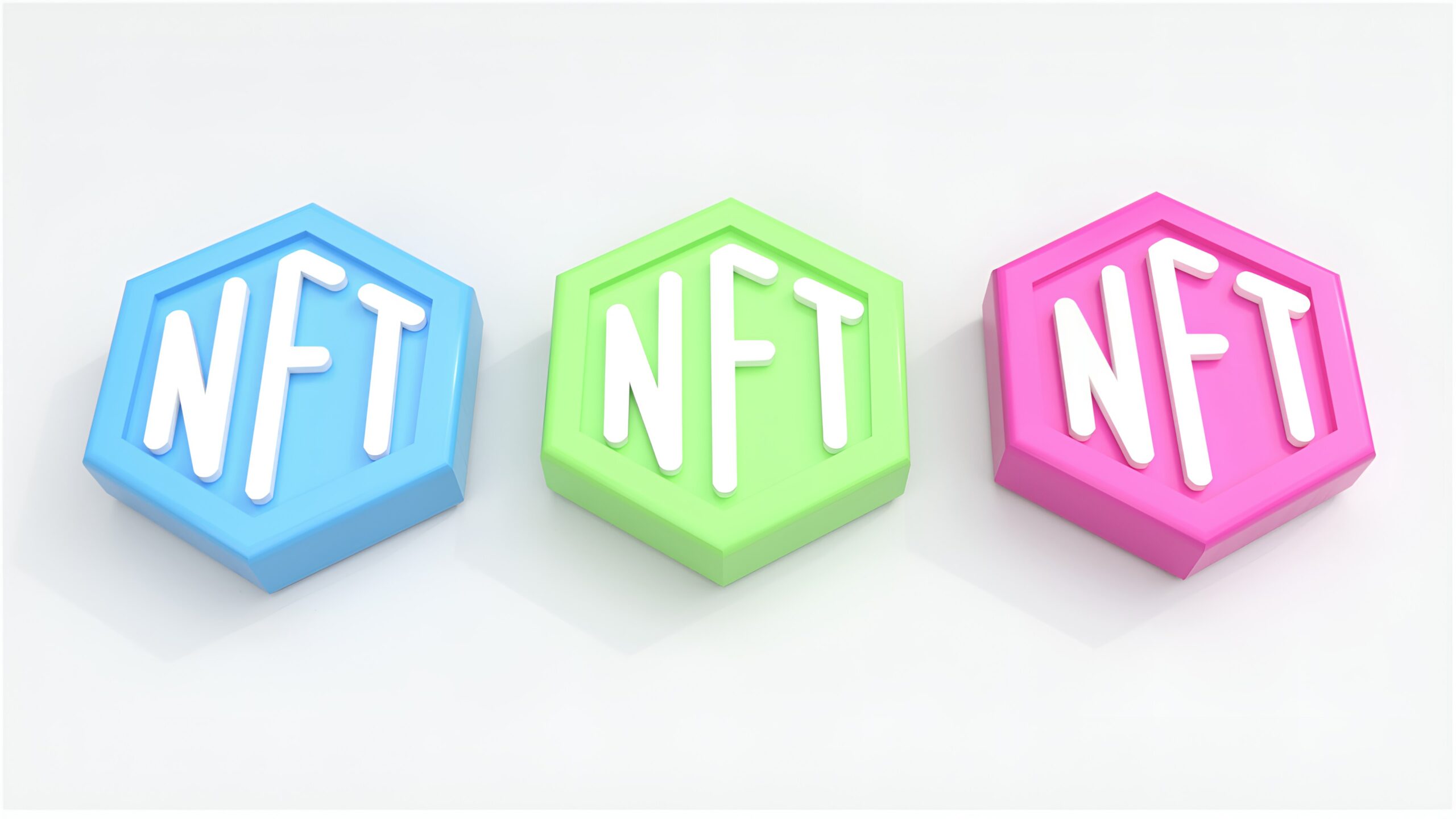Uzone.id – Who still remembers NFTs? Non-fungible tokens (NFT) have gained unprecedented popularity and become a significant part of the digital economy. As unique digital assets, NFTs represent ownership or proof of authenticity of a specific item of content, usually using blockchain technology.
The range of NFTs includes digital art, music, virtual real estate, and collectibles. Some people viewed NFTs as a passing fad, whereas NFTs are still recognized as a collaborative form that has attracted renowned figures like Cristiano Ronaldo.
The surge of this trend occurred between 2021 and 2022, and its rise was influenced by various factors. First, the integration of blockchain technology allowed for the establishment of verifiable and unchangeable records of ownership and origin for digital assets.
It means, users acknowledged the transparency and security that NFTs provided, in addition to the trust in authenticity of digital items that was previously difficult to achieve.
Second, the growing digitization of culture and commerce has created a fertile ground for NFTs. People spend more time online, therefore the value placed on digital assets has increased – virtual goods, digital art, virtual exhibition and real estate in the metaverse have become desirable commodities.
NFTs were embraced by artists, musicians, and creators from around the world as a new way to monetize their work, connect with the audiences directly, and build mutual communities.
While NFTs are now common in the tech world circle, it has gradually declined in terms of sales, security, and environmental controversy. As we look at the current state of NFTs, the question arises: will NFTs continue to thrive, or are they just a fleeting trend?

The state of NFTs in 2024
In 2024, NFTs have advanced from being just digital collectibles and are now being used in a variety of industries such as gaming, fashion, music, and even real estate.
In the gaming industry, NFTs are used to represent in-game assets, allowing players to own, trade, and sell items across different games and platforms. This has created new ways to generate revenue streams for game developers and a flourishing secondary market for players.
While in the fashion industry, brands are using NFTs to make digital versions of their production which can be worn by avatars in virtual reality. It came to no surprise that NFTs have opened new opportunities for marketing and brand engagement.
What about the music industry? Well, musicians are releasing their albums through NFT versions in a way they believe all fans would experience unique ways to support their favorite artists and access exclusive creations.
Challenges and criticisms
NFTs continue to face challenges and criticisms despite their popularity. The environmental impact of blockchain technology is a major issue, especially when it involves energy-intensive proof-of-work systems like Ethereum.
However, efforts are underway to address these issues, with the transition to proof-of-stake and the development of more energy-efficient blockchain solutions.
Another challenge is the speculative nature of the NFT market. The high prices paid for some NFTs have led to comparisons with speculative bubbles, raising questions about the long-term value of these digital assets. Additionally, the market has been plagued by issues of plagiarism, copyright infringement, and scams, which undermine trust and credibility.
Governments and regulators also still seek to address concerns around money laundering, fraud, and consumer protection in the rapidly growing NFT market.
On the other hand, CEO and Co-founder of Redeem, Toby Rush said that Bitcoin and NFTs have strengthened together.
“Beyond ordinals being an example of continued initiative and development in the NFT space, this is also a reflection of how –despite an overall decline in the NFT market– there’s still overall an appetite amongst consumers to engage with new NFT innovations,” claimed Rush as quoted from Fintech Magazine.
Moreover, NFTs have been driven into the mainstream thanks to high-profile sales and endorsements from celebrities. For instance, in 2021, the sale of an NFT by digital artist Beeple for USD69 million at Christie’s auction house brought significant attention to the potential of NFTs, signifying a turning point.
Since then, a multitude of celebrities, athletes, and brands have introduced their own NFT collections, further boosting the hype.
The future of NFTs: here to stay or a mere fad?
The potential of NFTs moving forward will likely be influenced by their capacity to address these obstacles and prove their practicality beyond being a speculative investment.
One of the factors is the underlying technology of blockchain and smart contracts provides a robust and flexible framework for creating and managing digital assets. This technology is not limited to art and collectibles but can be applied to a wide range of use cases, from intellectual property and digital identity to supply chain management and real estate.
Secondly, the growing integration of NFTs into various industries and the metaverse indicates a broader acceptance and recognition of their value. As more people and businesses find practical uses for NFTs, their adoption is likely to continue expanding.
With additional note, according to Statista, the NFT market is projected to hit USD3.2 billion by 2027, up from USD1.6 billion in 2023, representing a compound annual growth rate (CAGR) of 18.55%.
By 2027, it is also anticipated the NFT user base will reach 19,31 million, with a projected user penetration rate of 0.2% by that time.
CEO Freeverse Inc. Alun Evans believed that there will be more practical uses of NFTs in the future.
“NFT technology has more practical applications beyond this first era of hype and speculation that led to many scams, disappointments, and the current decline in interest,” he stated in Fintech Magazine. “With any new technology, NFT space is still evolving, and we will be seeing the next gen of NFTs present a more promising future. Dynamic NFTs will allow people to actively engage with the underlying brand.”
In conclusion, Evans hoped that dynamic NFTs will encourage owners to interact, share, and trade, resulting in increased long-term user retention and powerful opportunities for the games industry and brands in general.
Furthermore, NFTs could become a foundational element of the digital landscape, transforming how we create, own, and exchange value in the virtual world.
Considering this, NFTs appear to have a promising future. As the market starts to perceive NFTs differently, it seems likely that the current decline will improve in the future.
















